Adjusting your screen resolution on a Windows 11 PC can significantly improve the clarity of text and images, enhancing your overall user experience. Monitors support various resolutions based on their specifications, so knowing how to modify these settings is beneficial. Below are detailed steps to check and change your screen resolution using the Settings app.
Change screen resolution through settings
- Open the Settings app by clicking on the Start menu and selecting Settings, or by typing Settings into the search bar.
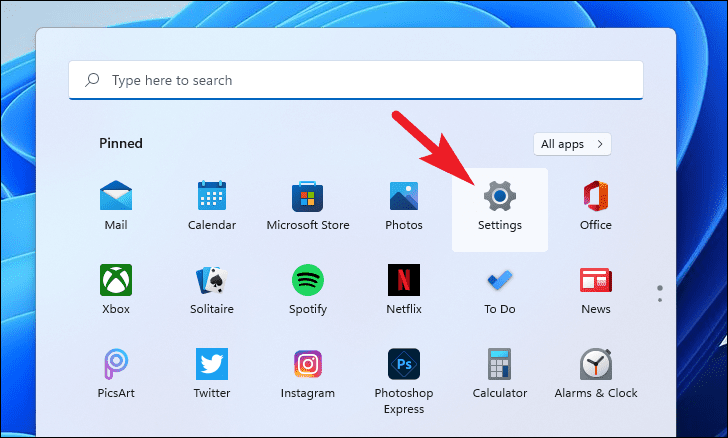
- In the Settings window, ensure the System tab is selected on the left sidebar.
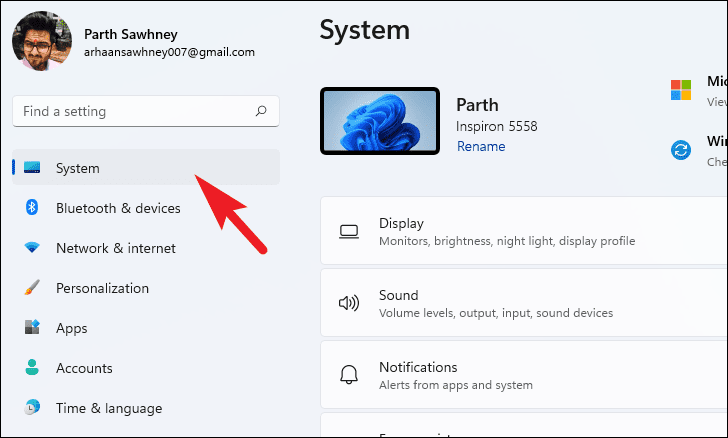
- Click on the Display option on the right pane.

Alternatively, right-click on the desktop and select Display settings from the context menu to access the display settings directly.
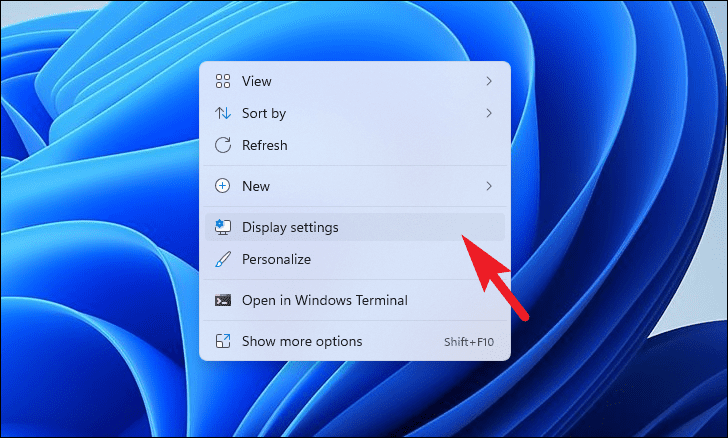
- Scroll down to the Scale & layout section. Click the drop-down menu next to Display resolution to see a list of resolutions supported by your monitor.

- Select your preferred resolution from the list. The screen will adjust immediately, and a prompt will appear asking if you want to keep the changes.
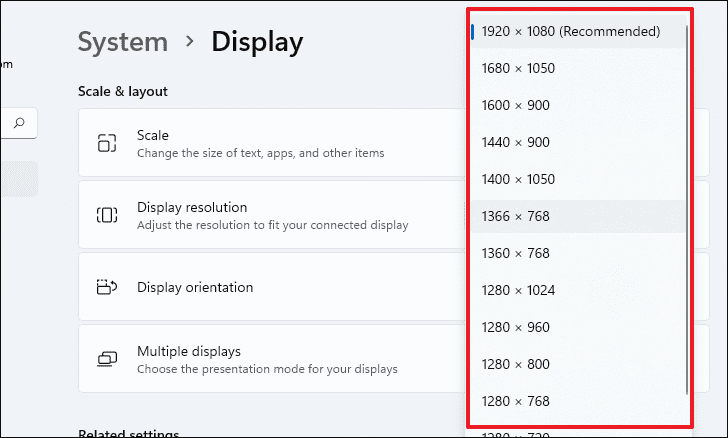
- If you're satisfied with the new resolution, click Keep changes. If not, select Revert to return to the previous setting. If no action is taken within 60 seconds, Windows will automatically revert to the original resolution.

Adjust text and icon size without changing resolution
If you prefer to change the size of text and icons without altering the screen resolution, you can adjust the scaling settings. This makes on-screen items appear larger or smaller based on your preference.
- Open the Settings app from the Start menu or by searching for it.

- Ensure the System tab is selected on the left sidebar.
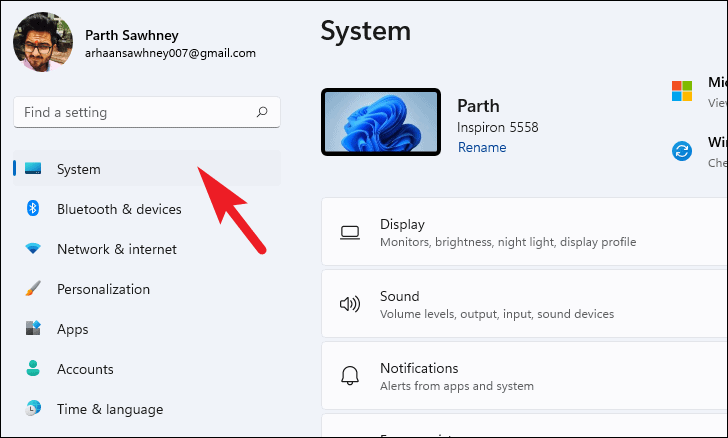
- Click on Display on the right pane.
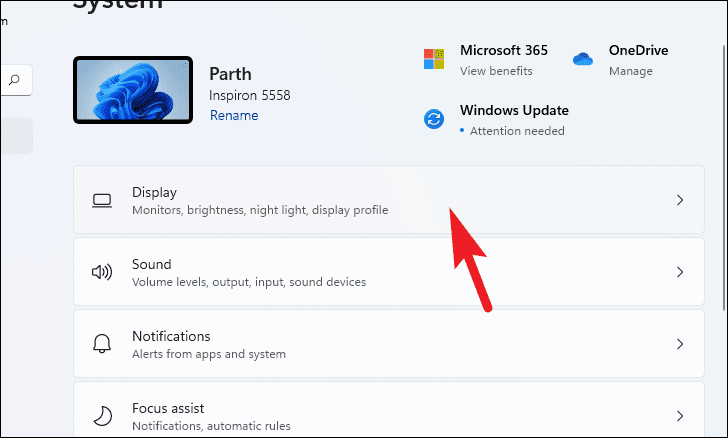
- Under the Scale & layout section, click on Scale to expand scaling options.
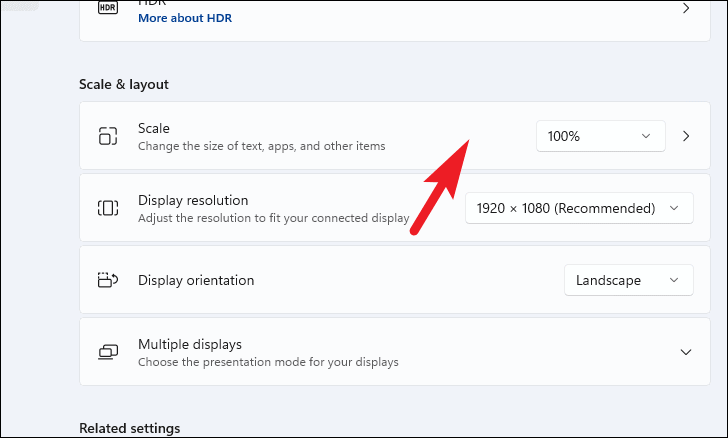
- Enter a custom scaling size. The default is 100%. To enlarge text and icons, enter a value greater than 100%; to reduce their size, enter a value less than 100%. Click the checkmark to apply the new scaling factor. Changes will take effect after you sign out and sign back in.
Note: Avoid making drastic changes to the scaling factor, as it may make your screen difficult to navigate.

By following these steps, you can customize your screen resolution or adjust the size of on-screen items to enhance your viewing experience on Windows 11.


